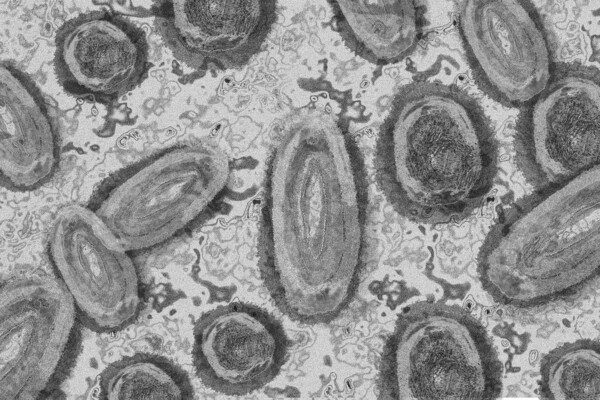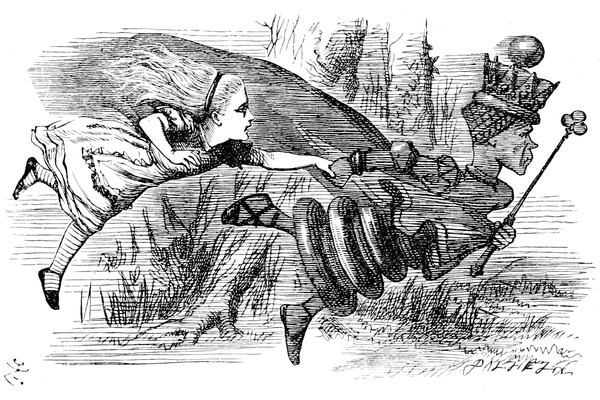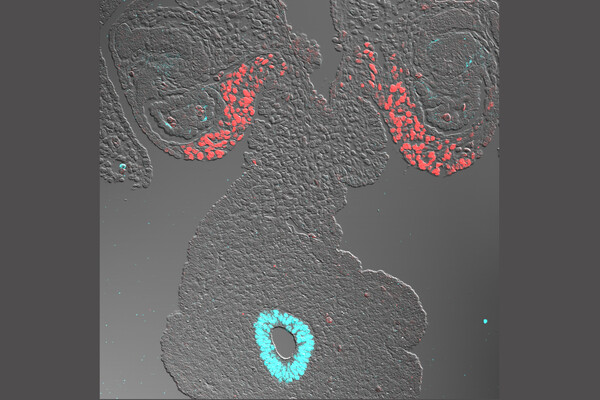
With its relocation to Philadelphia, the History of Science Society will have a home base at Penn and the Science History Institute from which to receive support, host events, and interact with the city’s robust scholarly community. (Image: Courtesy of HSS)








